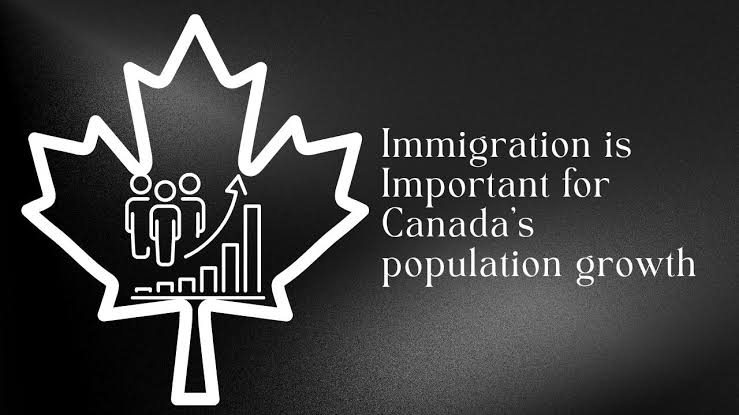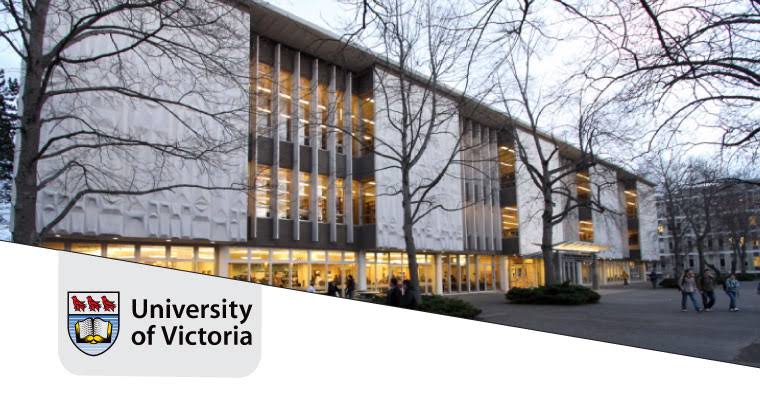Immigration has always been a key part of Canada’s identity. Recently, it has become even more important for the economy. By July 2025, Canada still depends on immigration to grow its economy, fill job gaps, encourage new ideas, and manage an aging population. Canada’s immigration system offers options for skilled workers, temporary workers, students, and refugees, making it one of the most welcoming countries for immigrants.
In an era marked by global uncertainty, technological advancement, and shifting labor dynamics, the importance of immigration to Canada’s economic health has become even more apparent. This article explores how newcomers contribute to economic productivity, demographic resilience, entrepreneurship, and fiscal stability, making immigration an essential pillar in Canada’s growth strategy.
Addressing Labor Market Shortages
One of the most urgent economic challenges Canada faces in 2025 is its labor shortage, especially in critical sectors such as healthcare, construction, technology, agriculture, and logistics. A combination of low birth rates and a retiring workforce has left significant gaps that native-born Canadians alone cannot fill. Immigration provides a direct solution by introducing skilled and unskilled labor into these high-demand industries.
Programs such as the Federal Skilled Worker Program, the Canadian Experience Class, and the Provincial Nominee Program are designed to attract individuals with expertise that matches labor market needs. The expansion of the Temporary Foreign Worker Program and the Global Talent Stream has also allowed employers to quickly bring in workers for immediate needs.
These newcomers not only fill existing vacancies but also bring fresh perspectives, global experiences, and new energy to industries facing stagnation. Their participation ensures business continuity, productivity, and competitiveness in both traditional and emerging sectors.
Stimulating Innovation and Entrepreneurship
Immigrants in Canada are disproportionately represented among entrepreneurs and innovators. As of 2025, nearly 30% of all startup founders in Canada are foreign-born, according to the latest data from Innovation, Science and Economic Development Canada. Immigrant entrepreneurs establish new businesses, create jobs, and introduce technologies and business models that challenge established norms.
Many of these startups are concentrated in technology, green energy, digital health, and artificial intelligence—fields where Canada aims to lead globally. Immigration programs that target tech talent, such as the Start-Up Visa Program, continue to attract ambitious minds from around the world who are eager to build their businesses in a stable and supportive environment.
Beyond startups, small and medium-sized businesses founded by immigrants also contribute significantly to local economies, especially in communities experiencing population decline. From restaurants and retail shops to logistics and manufacturing firms, these ventures breathe new life into urban and rural areas alike.
Supporting Canada’s Aging Population
Canada’s population continues to age rapidly. With birth rates well below the replacement level, immigration is a vital tool for sustaining population growth and maintaining the country’s dependency ratio—the balance between working-age individuals and those who are retired or dependent.
Without a steady influx of younger immigrants, Canada’s pension systems, healthcare infrastructure, and social services would come under severe strain. Immigrants help to offset this demographic imbalance by enlarging the tax base, contributing to public pensions like the Canada Pension Plan, and supporting economic activity through consumer spending.
By rejuvenating the workforce, immigrants ensure that Canada remains productive, that older generations are cared for, and that social systems are financially sustainable in the long term.
Enhancing Fiscal Contributions and Economic Demand
Newcomers to Canada contribute directly to the national economy not just as workers, but also as taxpayers, consumers, and investors. Studies from the Conference Board of Canada and Statistics Canada have shown that immigrants, over time, pay more in taxes than they receive in public services.
As immigrants settle, they purchase homes, pay municipal taxes, invest in their children’s education, and participate in local economies. Their presence increases demand for housing, transportation, food, clothing, and entertainment, which in turn supports business growth and job creation.
Additionally, international students—many of whom transition to permanent residency through pathways like the Post-Graduation Work Permit—inject billions of dollars annually into Canada’s economy through tuition, rent, and day-to-day living expenses. They also bring diverse skills and perspectives that enrich classrooms and future workplaces.
Contributing to Regional Development
Immigration is not limited to major urban centers like Toronto, Vancouver, or Montreal. Recent federal and provincial policies have actively encouraged newcomers to settle in smaller cities and rural communities where population growth is stagnant or declining.
Programs such as the Atlantic Immigration Program and the Rural and Northern Immigration Pilot have seen significant uptake in 2024 and 2025. These initiatives help regions address localized labor shortages and build vibrant communities through cultural diversity and economic activity.
By distributing immigration more evenly across the country, Canada ensures that the benefits of economic growth reach all corners of the nation. In many rural areas, newcomers are revitalizing schools, supporting agricultural operations, and maintaining essential services that might otherwise be lost.
Overcoming Challenges and Building Inclusive Systems
While the benefits of immigration are clear, challenges still exist. Integration remains a key issue, particularly regarding credential recognition, language barriers, and employment parity. Many highly educated immigrants are underemployed or unable to work in their trained professions due to licensing restrictions or lack of Canadian work experience.
However, in 2025, the Canadian government continues to roll out reforms aimed at smoothing the integration process. Initiatives like the Foreign Credential Recognition Program, enhanced settlement services, and targeted language training are helping immigrants transition more successfully into the workforce.
Employers are also being incentivized to hire newcomers through tax credits and partnerships with settlement organizations. These collective efforts ensure that immigrants are not only welcomed but fully equipped to succeed.
Conclusion
As of July 2025, immigration remains one of the most powerful tools in Canada’s economic arsenal. It addresses labor shortages, fosters innovation, sustains public finances, and enhances demographic balance. Immigrants contribute at every level—from entry-level jobs to executive leadership, from small towns to global corporations—strengthening the Canadian economy in both visible and subtle ways.
By continuing to refine its immigration policies and support systems, Canada is not only responding to short-term needs but also laying the foundation for long-term economic prosperity. In an increasingly competitive global economy, the ability to attract, retain, and empower immigrants will remain a defining advantage for Canada in the years ahead.



